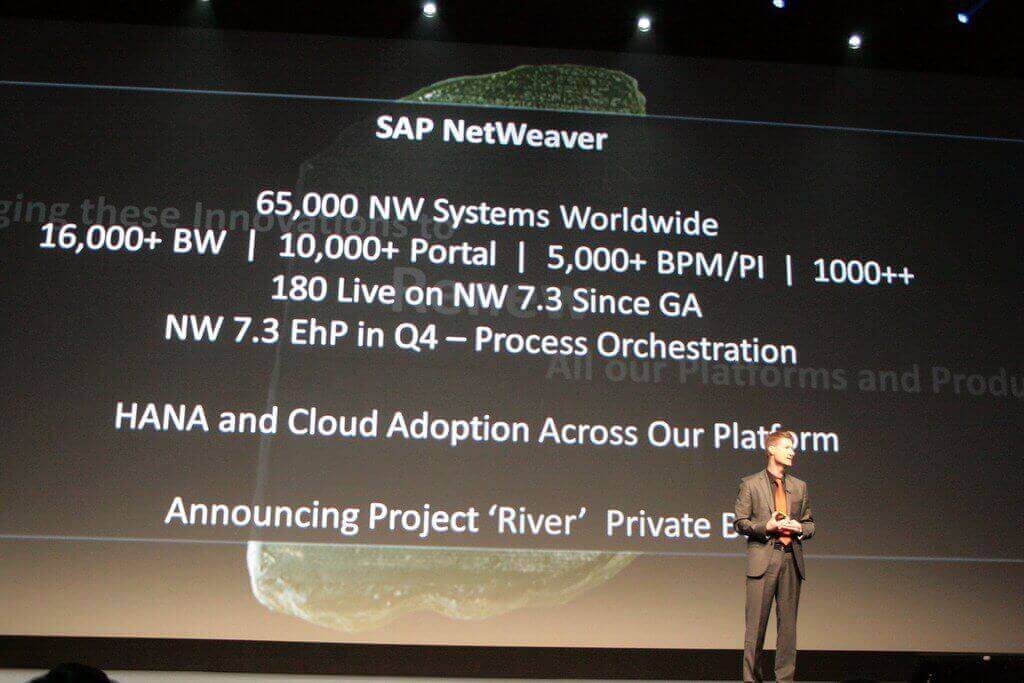
Rapid Cloud Adoption Introduces Security Risks
The exponential growth of firms using cloud applications, cloud platforms, and cloud-based infrastructure has significantly altered the cloud integration landscape and imposed a unique set of challenges for enterprises that wish to use the best offerings available on the cloud.
Cloud-based services are safely stated as pervasive technologies by IT experts as the statistics depict the amazing popularity of cloud services in recent years. According to a report by Forbes, the shift to the cloud until 2022 will have an impact on IT expenditure by the amount of $1.3 Trillion. Most of the firms have used multiple cloud-based services offered by various service providers. The convenience of purchasing the services offered online is driving managers from less technical backgrounds in firms to make decisions regarding the purchase of cloud offerings. Although it seems to be a simple task, it's quite challenging to understand the right choice that needs to be made.
It costs money to buy servers and then put them into data centers, and if data centers are needed to expand, new computers are needed, which costs a lot of money. Apart from that, license fees have to be paid. Cloud infrastructures are inexpensive as compared to the on-premises infrastructure. This decision comes with challenges because of handing over control to a third party. The operations are performed at a distant site, that causes a threat to your security, especially when your firm has adopted assorted cloud platforms and services. Moreover, Network security engineers of your firm find it challenging, typically when the platforms offer various approaches to security.
IDC has estimated global expenditures on cloud-based options to double within five upcoming years. Projected Figures reveal spending on cloud-based services and platforms as high as $500 billion in the year 2023 as compared to $229 billion in 2019. With more options available on the cloud, the coming years will witness increased complexity as firms opt for multiple services and platforms.
-
Security Risks introduction by Rapid Cloud adoption:
IT security managers should pay attention to the reasons that cause a threat to a firm.
-
Fast adoption of services:
The most important reasons behind opting for public cloud as infrastructure and for deploying applications on the cloud is the ease of implementing rapid application development. It takes less time for employees to deploy and run the services. Consequently, the applications are readily available to end-users, which makes cloud adoption much more attractive. Moreover, firms have a more magnificent pool of service providers. If the purchased service does not give the desired results, firms can switch to other options in less time compared to on-premises infrastructures.
Contrary to the benefits, the downside to rapid cloud adoption is the time it takes to decommission cloud applications. The deployment of sensitive data on cloud no longer required, must be decommissioned properly, which can take a lot of time. Rights granted to service providers must be turned off. Otherwise, that can pose a serious threat to security personnel involved in ensuring the privacy of corporate data.
-
Shadow IT lowers down accountability:
Looking for and purchasing software as a service on the cloud is quite convenient, even for non-technical employees. Corporate data is exposed to numerous risks due to the fact that most of the time, purchase and deployment of cloud applications are not approved by IT teams. Managers coming from non-technical backgrounds can make decisions without taking into account the firm’s business policies regarding the privacy of data and the procedures of securing corporate data. Increasing shadow IT is creating increased challenges for firms.
According to the latest prediction, Shadow IT accounts for 30% to 40% of IT spending (source). This problem is a serious concern for network managers who are responsible for the security landscape of a firm. The security procedures and policies are often bypassed by non-technical managers while opting for shadow resources. Certifications like ccnp, cisa and ceh can make the employees ready to face the challenges associated with cloud adoptions.
-
Multiple Cloud Platforms give a hike to complexity and workflows:
Creating a security architecture across multiple platforms with various security capabilities is a complicated task. Heterogeneity of platforms creates a complex situation that needs to be catered by designing and crafting a sustained security architecture. Furthermore, the frequency of change of applications on public clouds concludes an unmanageable security situation. Vacancies in the cybersecurity job market are rising and there's a severe skill gap. Carefully monitoring the job posting has revealed that the cybersecurity workforce shortage will reach 1.8 million by the year 2022 globally. The unfilled positions have been on the rise by 50% since 2015.
-
How to prevent security risks:
The foremost requirement is to keep the security of networks on priority. For this purpose, system engineers should provide tools and develop procedures to have a complete account corporate data assets across the firm. System auditors with excellent skills set can assess the vulnerabilities and deploy technology controls. These resources should include on-premises as well as public and private cloud locations. Latest trend in this area is employing automated systems for gathering, assessment and response. Responsible personnel (Network Engineers, Network Designers and Administrators, Network Managers and System Engineer) should be technology ready to meet the challenges of rapid cloud adoption. Firms selecting only the cloud offering that can be tightly integrated with native security architecture would be able to surf the current security dilemmas.
-
Summary:
- With the rise in the global cloud market worth $266 billion (Source: Gartner), firms are benefiting from extravagant convenience and variety of offerings in both public and private cloud.
- On the other hand challenges are being imposed on security of corporate data assets because of diverse cloud platforms.
- To lower down the security and privacy risks, firms should have a mindset of integrating and providing security to the whole security ecosystem.
- Cybersecurity professionals should have an optimal skill set to benefit from the cloud offering.
